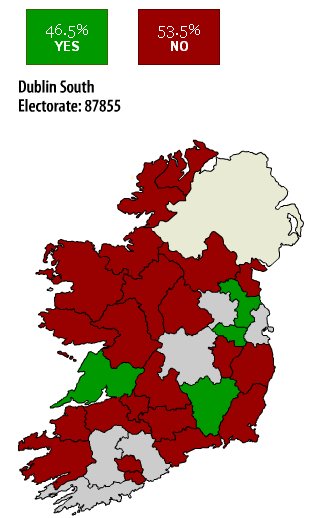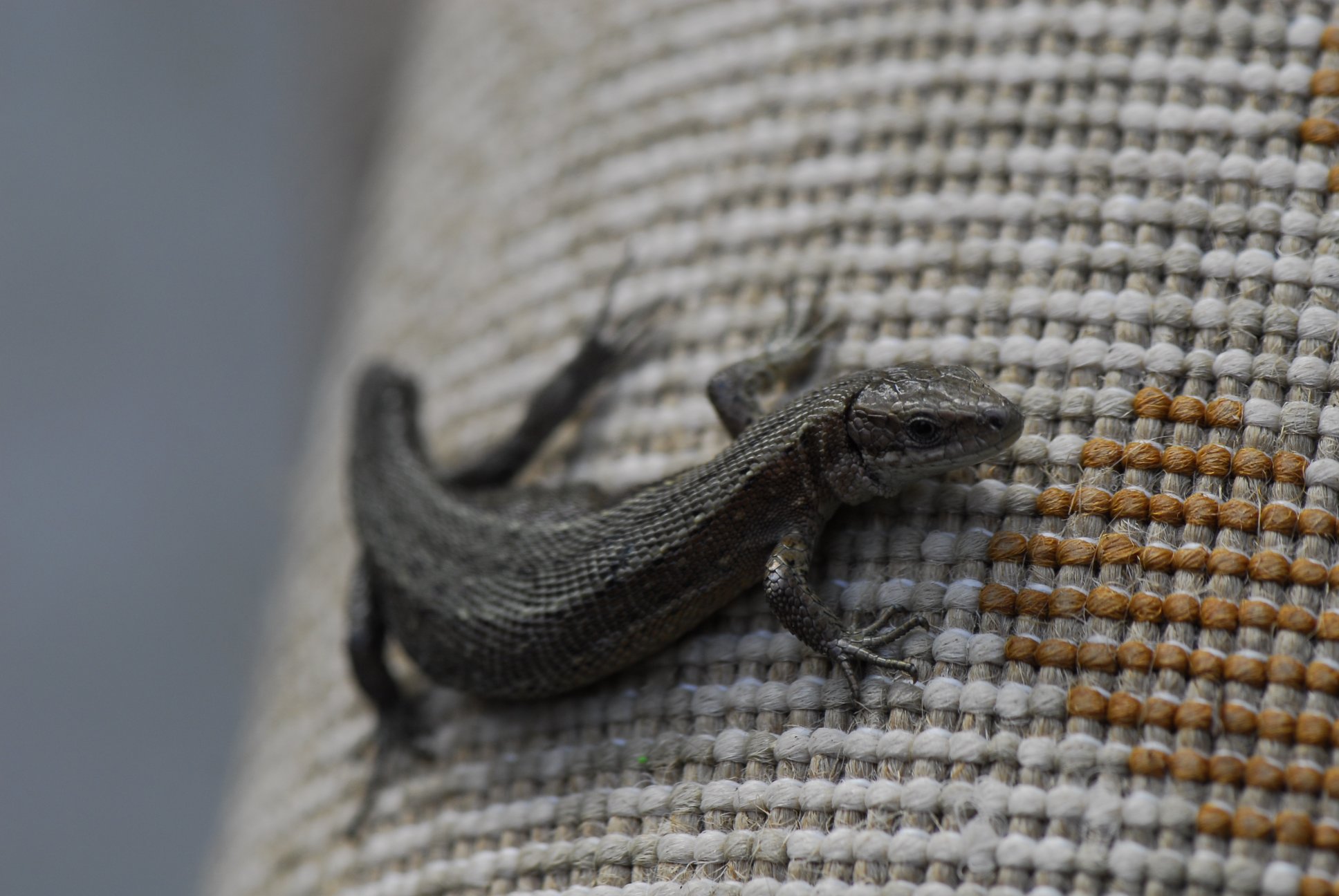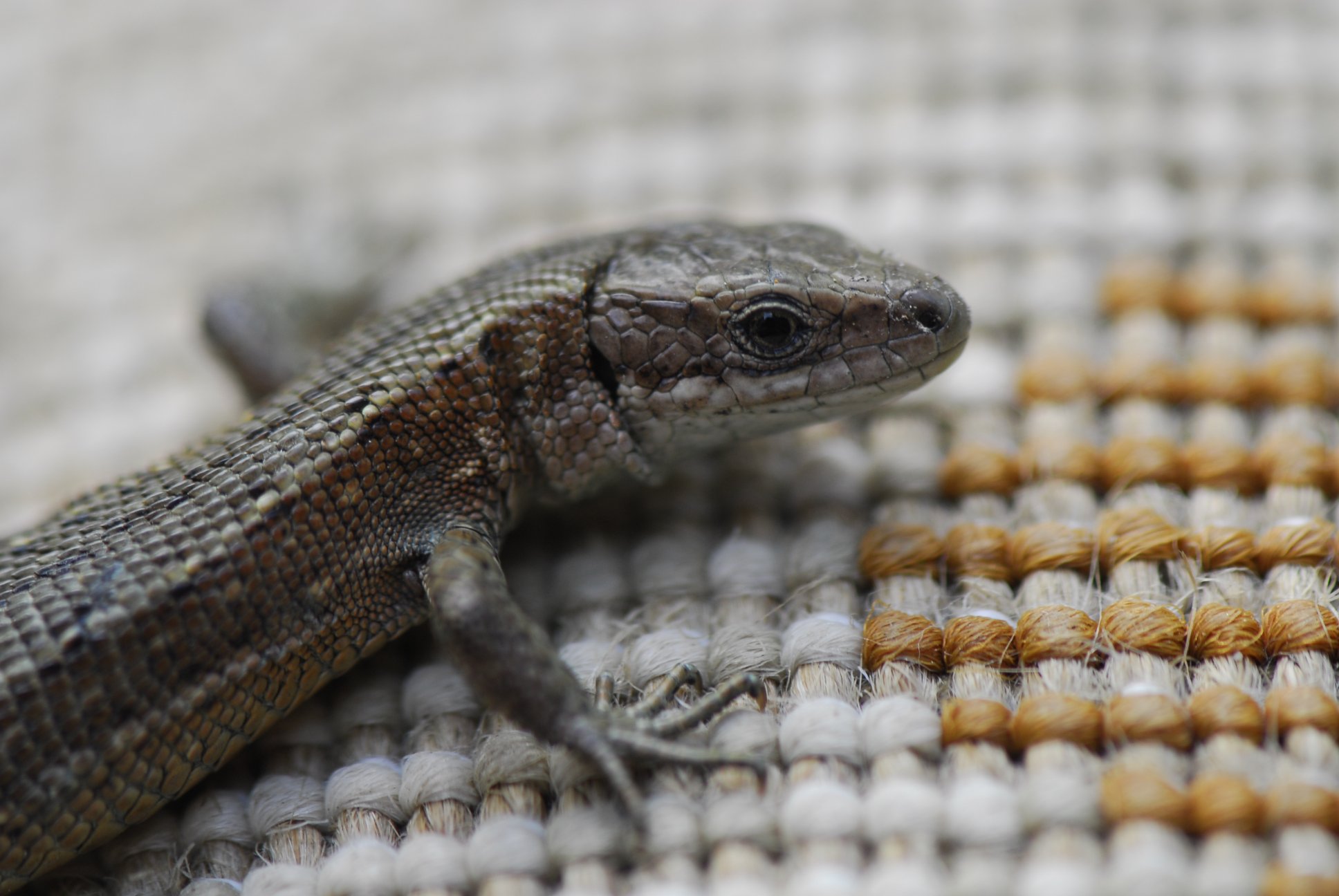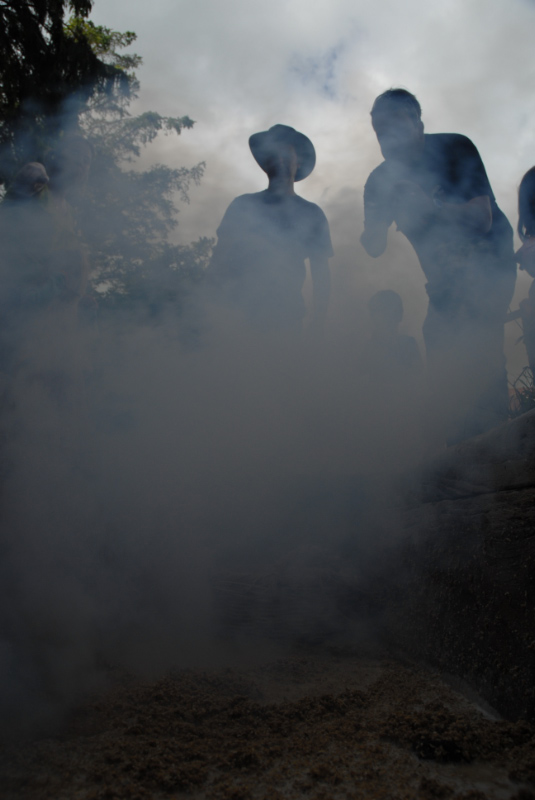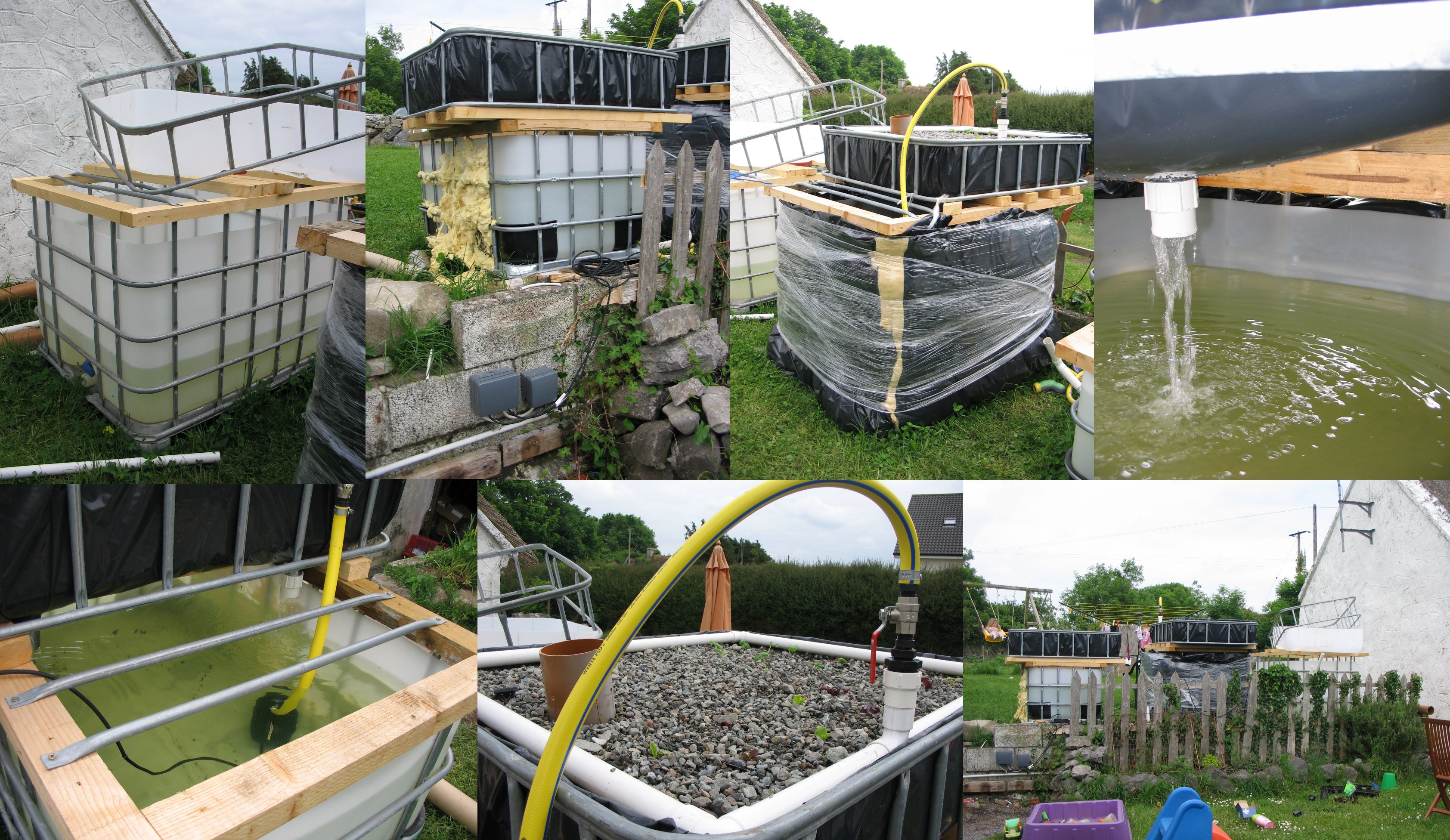There’s a number of polls ongoing tonight across the Irish Internet. The majority appear to be indicating a No victory.
Not sure how reliable these straw polls might be. Here’s some links (I’ll add more as I find them – Is this very sad?):
Politics.ie – Yes side took an early lead but No closing gap all evening. 10pm – 1% gap, Yes leading.
Tom Raftery – Yes consistently 10% ahead.
Boards.ie – Consistent 7-8% No lead – largest sample.
People’s Republic of Cork – Consistent and significant No lead – small enough sample.
Machine Nation – Small sample – 10% lead for Yes.
UCC put the Yes side well ahead.
Meanwhile Douglas Herbert on France 24 writes an almost triumphalist report in France 24 on the issue headlined ‘Irish Vote: From Tiger to Turkey?’
The Munster Fans have obviously had enough of Europe.
While the Creative People of Ireland are voting No.
John Curran (FF TD) is seeing a very close run thing.
The 5 voters (me being one) on Ire-Land.com (didn’t peruse the forum but it must be for all us angry Irish) are neck and neck.
Paintballers across the Country are confirmed NO.
Obviously the most reliable poll is the Paintballers poll – I’m sure that’ll be confirmed tomorrow evening – 39% No, 33% Yes and the rest undecided or don’t know..
And finally for this evening – Politics.ie posters intimating a Yes victory based on an RTE exit poll leak. And hello and welcome to our Paintballing visitors (do Paintballers sleep?).
12:30am correction – seems that the poster with RTE source for his exit poll on P.ie has changed his source to his Politician father.
Friday 13th – EARLY TALLIES
Friday 10am – Getting a bit obsessive now. Have a lot of work to do today – licence applications, method statements, invoices, proposals and 3 reports. Anyway, P.ie reporting early (first box)tallies favouring No in Tirellan, Galway and Cherry Orchard and 51.6% No in DNW.
RTE, Newstalk and Betfair all indicating a possible NO victory.
Ireland.com should have ongoing tallies throughout the day.
So there you go – As of 3:45 today there’s no doubt that the No side has won. Here’s a screen shot from Ireland.com – demonstrating a distinct Western bias (the very parts of our Country which did least well from the European project..).

